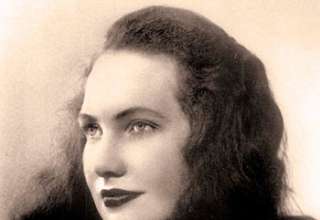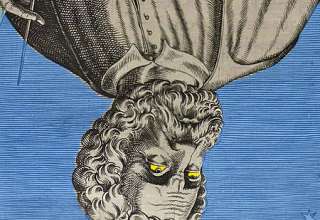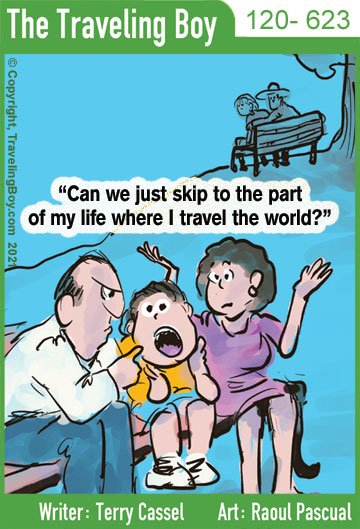Film Comment ’s 10 Best Films of the Decade
In the last decade, filmmakers pushed cinema to new and strange heights, shaping time and images and telling stories in novel ways.
Without further ado, here is Film Comment’s top ten films of the last decade.
1. Zama
Lucrecia Martel, Argentina/Brazil/Spain, 2017

“I identify with Zama completely. Because the experience of failure is easy to understand. Because we’re always so exposed to everything that is supposed to happen: youth, beauty, great sex, makeup, clothing. We’re filled with advertisements permanently setting the bar for where we have to get, no? We’re extremely aware of what we can’t accomplish. We’re always seeing things that won’t happen to us. In general, I prefer imperfect, weak, almost bad characters because I feel that there is much more humanity there than in heroes. Good people — good people strike me as the worst in the world. ”
Read José Teodoro’s feature from the September-October 2017 issue
Listen to the Film Comment Podcast on Zama, featuring Dennis Lim and Violet Lucca
2. Toni Erdmann
Maren Ade, Germany, 2016
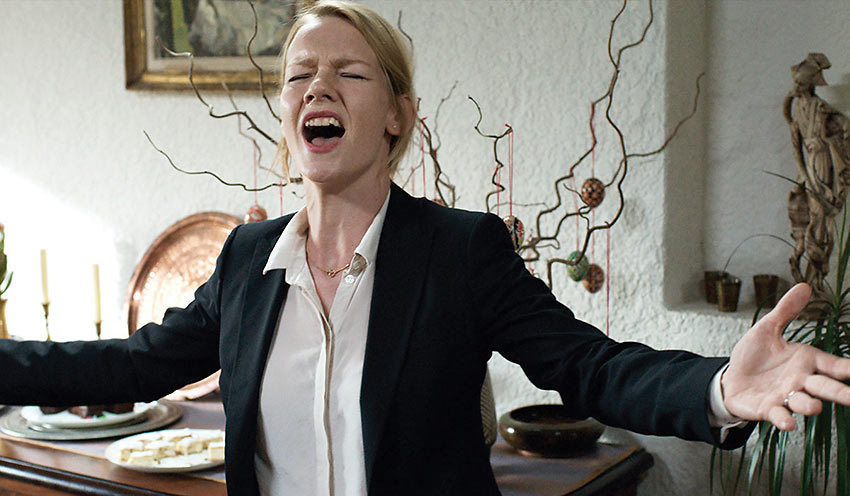
“Ade much more than fulfills the promise she showed in her first two features, which, as I remember, weren’t funny at all. Here she pulls out all the stops, from the opening wacko masquerade to the inspired series of comedic set pieces that end the movie, leaving one poised between laughter and tears. It was disheartening — no, it was completely fucked-up — that the festival competition jury awarded no prize to Toni Erdmann, which was by far the most popular film in the competition and which did the near-impossible by uniting entertainment-oriented and art-oriented viewers.”
By Amy Taubin
Read Amy Taubin’s dispatch from the 2016 Cannes Film Festival
Listen to our conversation on Maren Ade and 21st century debuts
3. Uncle Boonmee Who Can Recall His Past Lives
Apichatpong Weerasethakul, Thailand/UK/France, 2010

“A film about recurrent visions and round-trip journeys: a movie not just about previous incarnations but about the possibilities of multiple and diverging paths into the future and out of the past; about parallel planes, phantom meanings, ghostly return engagements, interspecies transmogrification, and the double life of each and every Apichatpong movie — where the rarified ultramodern Thai art films of tomorrow and the hoary residues of a thousand cheapo Thai ghost movies of the not-so-distant past always seem to collide in a softly glowing neon chimera of everything cinema might possibly be.”
Read our interview with Apichatpong Weerasethakul from 2015
Read Melissa Anderson’s dispatch from the 2010 Cannes Film Festival
4. Holy Motors
Leos Carax, France, 2012
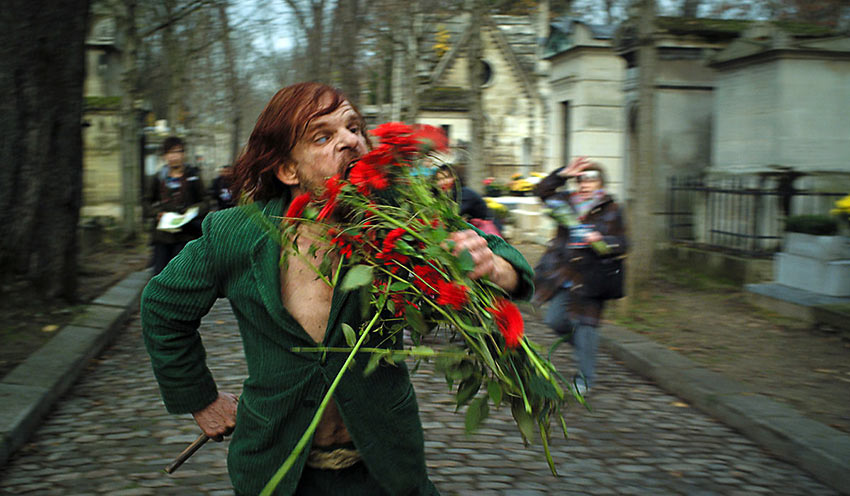
“With Holy Motors, Carax has roared back to form, and maybe even surpassed himself. This full-throttle cinematic fever dream stars Carax’s longtime muse Denis Lavant as 11 different characters — or maybe one character with 11 different identities — who crisscrosses Paris in a white stretch limousine over the course of one long, Borgesian, Lynchian day.”
Read Chris Chang on Holy Motors
5. No Home Movie
Chantal Akerman, Belgium/France, 2015
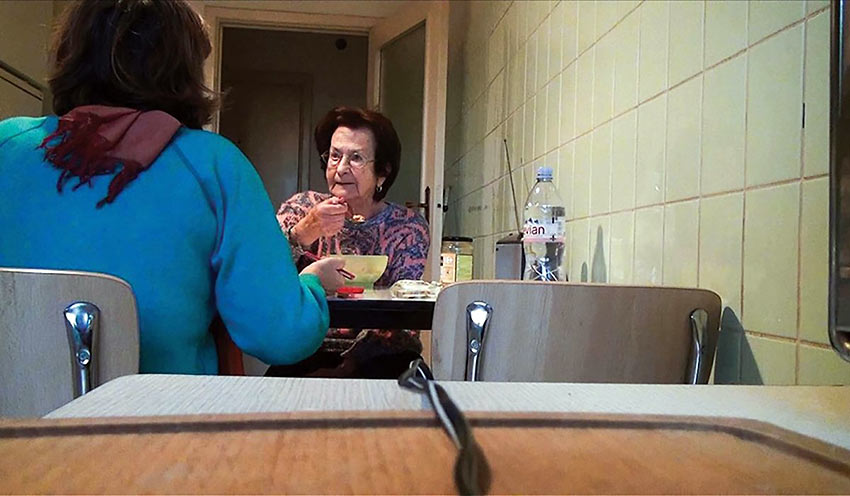
“Akerman’s final film, No Home Movie, which in part documents her elderly mother Natalia’s decline in health, is oftentimes painfully intimate. Rather than show the unsavory aspects of the end of life — hospitals, hospices, or the myriad accessories that assist failing bodies — the director focuses on conversations with her mother, and allows her physical decline to speak for itself.”
By Violet Lucca
Read Nick Pinkerton on No Home Movie
6. The Tree of Life
Terrence Malick, USA, 2011

“Malick’s film is a transformative vision that happens in the blink of an eye to a middle-aged man named Jack, played by Sean Penn. Its syntax is set to the rhythm of unceasing revelation and unified by a grand consistency of forms (across the span of the film, we are prompted to recognize the same spindly tentacles in a ball of primal energy, in a waving undersea plant, in a dinosaur’s tale, in the branches of trees blowing in the wind, in human hands and fingers) and pathways (ascents, via glass elevators and up flights of stairs, toward discovery, reckoning, transcendence). Temporal continuity is shattered and the ‘protagonist’ is virtually everyone who steps before the camera. In other words, Malick really is making an attempt — or to put it in punitive blogspeak, ‘presuming’ — to tell the story of us all.”
By Kent Jones, “Light Years: Kent Jones on The Tree of Life,” December 15, 2011
Listen to the Film Comment Podcast with Terrence Malick
Read Eric Hynes on Terrence Malick in “Make It Real: Form and Void”
7. The Master
Paul Thomas Anderson, USA/UK, 2017
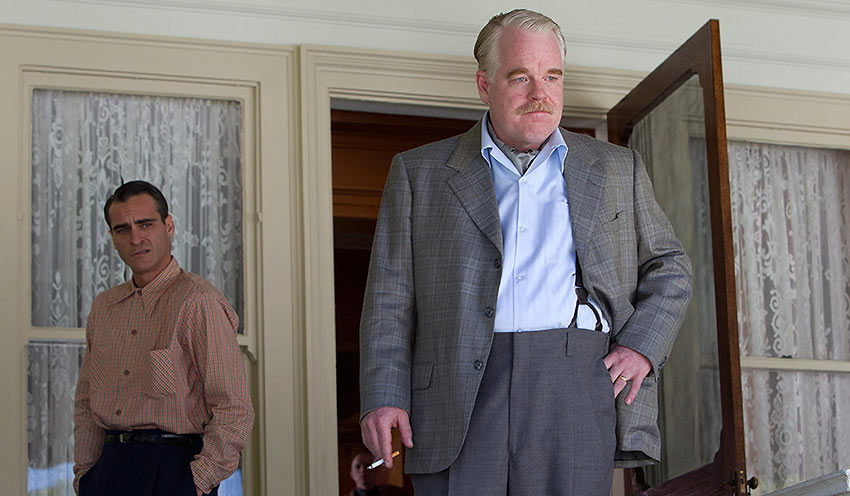
“From a purely movie history standpoint, Anderson begins in the land of film noir. We are placed side by side with the kind of troubled vet who populated those films; or, to put it more accurately, with the full-blown realization of what could only be hinted at with William Bendix’s Buzz in The Blue Dahlia or George Cooper’s Mitch in Crossfire, as if their largely unseen but implied actual existences were being opened up to the light of day, one painful section at a time.”
By Kent Jones, “Paul Thomas Anderson’s The Master: Battlefield Mankind,” September-October, 2012
8. Phantom Thread
Paul Thomas Anderson, USA/UK, 2017
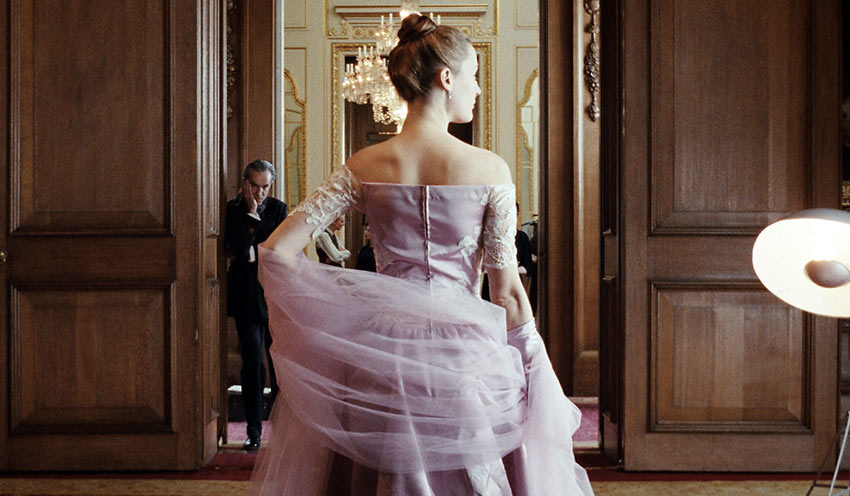
“Following on the heels of the gorgeously paranoid Inherent Vice, where the action careens around all of Los Angeles County, Phantom Thread is intimate, quiet, cramped, relying heavily on the interdynamics of the three strong-willed main characters and their push-pull shared power struggles. The character arcs have been set up with meticulous care.”
Listen to the Film Comment Podcast on Phantom Thread, featuring Sheila O’Malley and Violet Lucca
Read Jonathan Romney on Phantom Thread
9. Moonlight
Barry Jenkins, USA, 2016
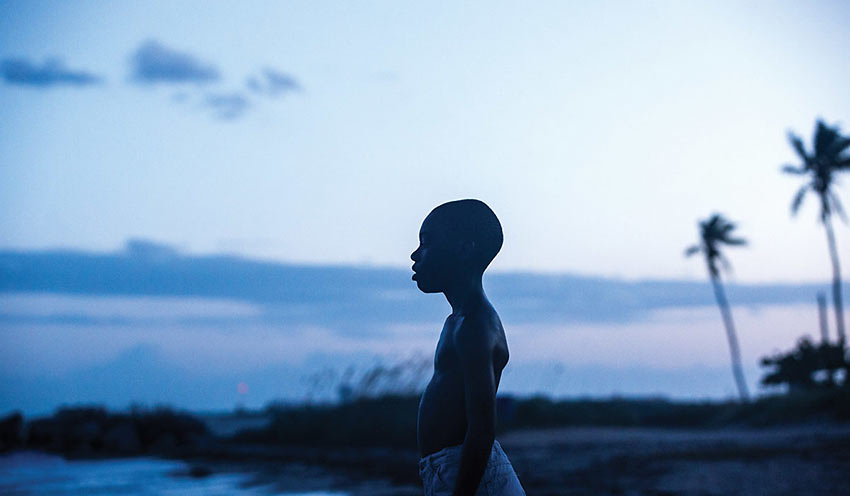
“Moonlight, the remarkable new film by Barry Jenkins, who directed the gentle romantic drama Medicine for Melancholy (2008), revels in the elevation of everyday experience, transforming time’s passing into a series of rites of passage, the commonplace into the iconic.”
Read an essay by director Barry Jenkins, “Shedding Some Light”
10. Boyhood
Richard Linklater, USA, 2014
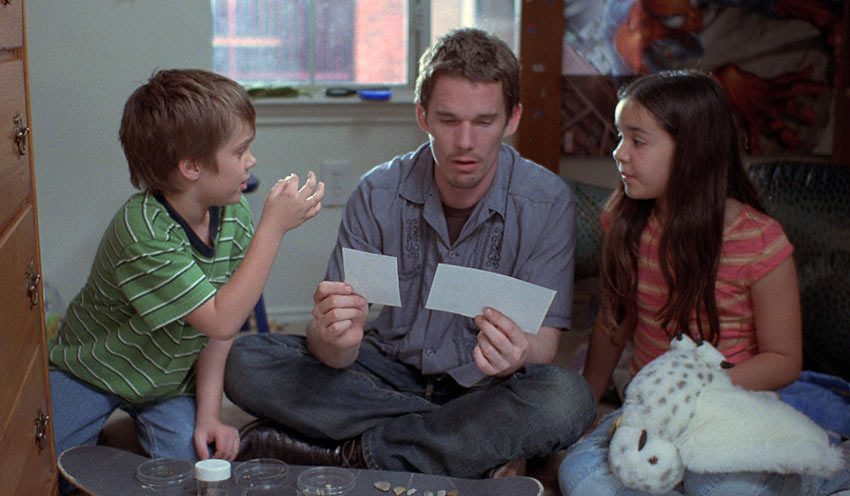
“Linklater’s attentive portrait of a Texan boy named Mason is less about what it means to be a young male than it is an evocation of another key theme in the filmmaker’s body of work, namely time. And not just time as a philosophical concept, but our time, the present moment, and what it means to be alive now. Right now.”
By Holly Willis
Read Nick Pinkerton on Boyhood
Anna Karina: The French New Wave Icon, Has Died at Age 79
Anna Karina, the Danish-born actress who became a symbol of the La Nouvelle Vague in Jean-Luc Godard’s seven 1960s films, died last month in Paris. Her death was confirmed by France’s culture minister, who said the cause was cancer.
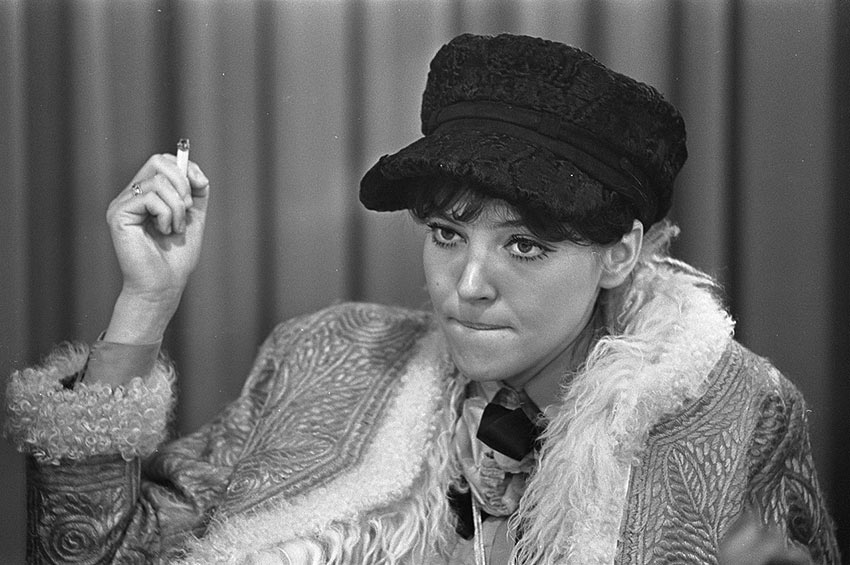
Hanne Karin Bayer was born on Sept. 22, 1940, in Solbjerg, Denmark, a suburban town on the country’s east coast. Her father left the family a year after her birth. Her mother ran a dress shop. Hanne lived with her maternal grandparents for three years and was in foster care for four years but eventually went back to live with her mother. She dropped out of school at 14, sang in cabarets and worked as a television model. At 17, she ran away from home — hitchhiking to Paris — and was discovered by the casting director of an advertising agency while sitting at Les Deux Magots, the fashionable Left Bank cafe. During a photo shoot for Elle magazine, she met fashion designers, Coco Chanel and Pierre Cardin, who advised her to change her name.
Jean-Luc Godard, a film critic at Cahiers du cinéma, saw her in a movie theater ad for a bath product. When he subsequently offered her a small part in his first full-length film, Breathless (1960), she objected to doing a nude scene.
Godard called her again and this time she made her film debut in his second feature, Le Petit Soldat (“The Little Soldier”), while still in her teens. Godard found her lack of acting experience refreshing, which was more like being than acting. He later commented that she could be headstrong and wayward, gorgeous and broken. After the release of Godard’s third film, A Woman Is a Woman (“Une Femme Est Une Femme”), where she danced, sang and played an unmarried stripper who wants to have a baby, she won the 1961 best actress award at the Berlin International Film.
She quickly became the free spirit symbol of La Nouvelle Vague.
Her other full-length Godard films, released between 1961 and 1966, were Vivre Sa Vie (“My Life to Live”), about a young woman who drifts into prostitution; Band of Outsiders (“Bande à Part”), a crime comedy about a romantic triangle and a burglary; Alphaville, a science-fiction tale set in a loveless dystopian future; Pierrot le Fou,” a crime drama about a bored husband on the run with his former mistress, an arms smuggler; and Made in U.S.A, a crime comedy set in a fictional French town.
Karina also worked with other major film directors such as La Nouvelle Vague favorite, Jacques Rivette in The Nun, Luchino Visconti, George Stevens, Volker Schlöndorff, George Cukor and Rainer Werner Fassbinder.
In later years, Ms. Karina played down the notion that she and Godard were reinventing cinema, but did acknowledge his unusual directorial style.
“In older Hollywood movies, a character will make an entrance, close a door, light a cigarette, sit down, have a drink,” she told The New York Times in 2016. “In Jean-Luc’s movies, you were doing everything at once. And sometimes you wouldn’t shut the door all the way. Sometimes your cigarette wouldn’t light on the first try.”
Karina’s last film was 2008’s Victoria, which she also wrote and directed. This was her second and final feature behind the camera following 1973’s Living Together.
Ms. Karina also pursued a singing career, with late-1960s hits like “Sous le Soleil Exactement” and “Roller Girl,” both written by Serge Gainsbourg. And she wrote four novels, including “Golden City” (1983), which she described to the quarterly Film Comment as “a kind of thriller, with gangsters.”
But she was still best known for her earliest film roles.
After her divorce from Godard (“He would say he was going out for cigarettes and come back three weeks later,” she told The Guardian), she married several other times. Her second and third husbands, Pierre Fabre and Daniel Duval, were actors, and both marriages ended in divorce. She married the American-born film director Dennis Berry in 1982.
Ms. Karina was happy to acknowledge Godard as a Pygmalion figure but also pointed out her own contributions. As she told a French interviewer in the 1960s, “I gave him self-confidence.”
Impeachment Trial a ‘Teachable Moment’ for History Teachers
Teachers weaving the trial into lessons about the constitution, democracy
Courtesy Ali Tadayon, Journalism Resident at Edsource
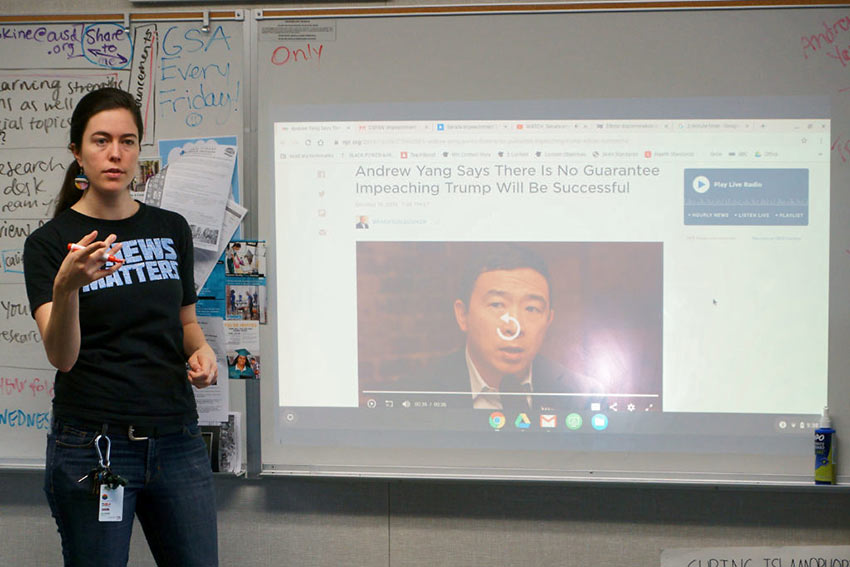
For the first time in more than two decades, teachers have the opportunity to use the political drama of the impeachment trial to liven their lessons and teach history as it unfolds.
The trial has made its way into the lesson plans of both history and government teachers throughout the country. Some use it to prompt classroom discussion and debate, while others are having students compare the ongoing trial to other historical moments highlighted in their textbooks.
Chloe Erskine, who teaches at Dewey Academy, said she considers it her responsibility to talk about the trial in the classroom so students have “the opportunity to express what they are thinking and feeling” about the historic proceedings in which the Senate is conducting a trial on the House impeachment of President Donald J. Trump.
“This is being watched and talked about throughout the world, and it has only happened a couple times in U.S. history.” – Chloe Erskine
Erskine kicked off her class Monday by having students read and annotate a story on NPR’s website in which presidential candidate Andrew Yang discussed his thoughts on the impeachment trial. In the article, Yang cautioned people who support the impeachment to be realistic about the chance that President Trump would actually be removed from office given the GOP’s control of the U.S. Senate.
Erskine’s student Christian Castillo, a senior, said he’s glad he can learn about the impeachment trial in class, since he’s heard about it on the news and understands that it’s a major historical event. or the first time in more than two decades, teachers have the opportunity to use the political drama of the impeachment trial to liven their lessons and teach history as it unfolds.
“It’s the person who leads us. It’s the president. How can we not be thinking about it while trying to learn history?” – Christian Castillo

Christian Castillo and his classmates weren’t even born when the last impeachment trial, of President Bill Clinton, took place in 1998 and 1999. Erskine said she and her students discussed that impeachment trial, as well as the impeachment process against President Richard Nixon in the 1970’s.
Erskine asked students what they learned from the Yang article, and Castillo responded that the impeachment trial isn’t going to be “as easy as people think it is.”
The students then watched and discussed a C-SPAN clip of U.S. House Intelligence Chairman Adam Schiff’s opening argument in the trial.
Following days of opening arguments, the trial entered a new phase on Wednesday — Day 9 — when senators began submitting questions to Chief Justice John Roberts to ask of the house managers prosecuting the case and President Trump’s defense team. The question-and-answer portion of the trial continued through Thursday with a vote on whether to call witnesses expected on Friday.
Rachel Reinhard, executive director of the UC Berkeley History-Social Science Project, which works with K-12 teachers, said that the teachers she has talked to are generally using the impeachment trial as a jumping-off point, or a topic of casual discussion, rather than centering their lessons around it.
That’s because teachers are cautious about disrupting their lesson plans in order to move through the content efficiently, she added.
There’s also a lot of preparation required for teachers to incorporate the trial into their lessons, she said.
Some resources are available online for teachers to use for lessons on the impeachment trial. The website iCivics.org, which provides free resources for civics teachers, has an infographic and lesson plan that teachers can use, and the New York Times published an impeachment lesson plan in November.
Because the impeachment trial stirs sharp political divisions, teachers are challenged to remain objective and facilitate respectful classroom debates, said Michelle Herczog, board president of the California Council for the Social Studies.
“Our role as educators is to create an open, safe space where all different points of views are aired and kids can discuss, deliberate and analyze the pros and cons of different positions before they come up with their own opinions,” Herczog said.
Holly Royaltey, who teaches history at San Jose’s Del Mar High School, and chairs the school’s Social Science Department, said she had her students, starting in December, contrast the impeachment debate in the United States to the fall of democracy in Nazi Germany.
“The unit coincided with the House decision to push for impeachment, and so we thought it would be an interesting time to explore the various dangers faced by democracies in the past.” – Holly Royaltey
The unit was framed around the four pillars of a healthy democracy: freedom of expression, equal rights, leaders chosen by free and fair elections and separation of powers, Royaltey said. The class used the Weimar Republic — the German state from 1913 to 1933 that collapsed under Nazi dictatorship — as a case study, since it offered a look at how each pillar was attacked.
The class watched Stanford Law School Professor Pamela Karlan’s testimony before the House Judiciary Committee, after which the students identified which of the four pillars of democracy came up in the impeachment inquiry.
“The students had already come to their own conclusions about the order in which pillars fell in the Weimar Republic, and so they were really interested to see what was at the heart of the U.S. inquiry as a comparison point,” Royaltey said.
Kira Durant, who teaches AP history at Del Mar High, said her class learned about the constitutional process of impeachment and have had some informal discussion about the trial.
She plans to wait for the trial to play out so the class can take a step-back look at the proceeding rather than the “day to day breaking news and drama,” she said in an email. She plans to use the impeachment as a “case study” in the class’s next unit: “interactions among branches of government.”
California high school students are required to complete three social studies courses to graduate, including U.S. history and world history. Students are also required to complete one semester of American government and civics and one semester of economics.
Reinhard said there has been a “culture shift” in California civics education over the past five years that stresses the importance of contemporary events in civics education.
“It’s realizing that we’re living in historic times, and giving students the opportunity to pause and think about what this means for understanding ourselves as a nation,” Reinhard said.





